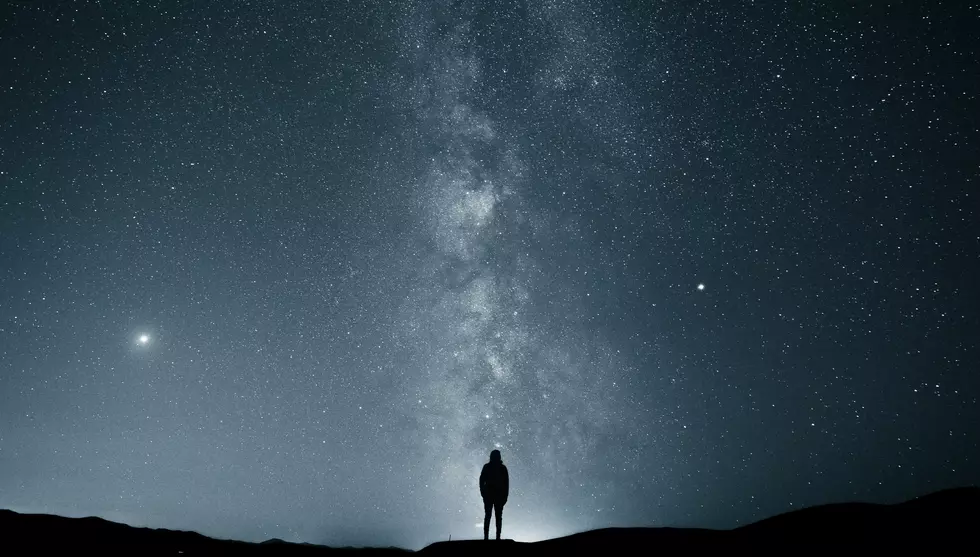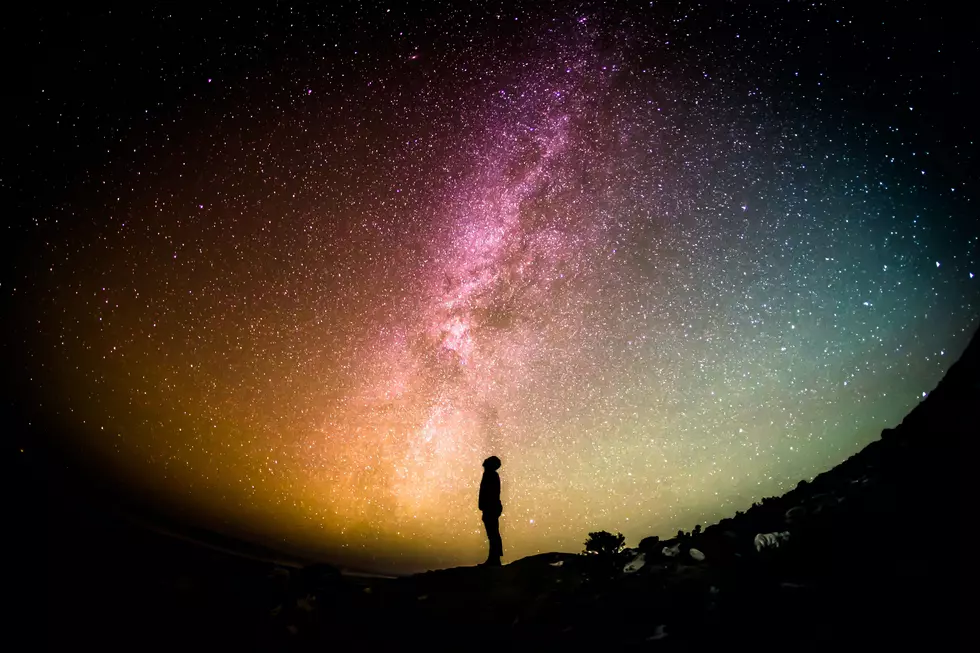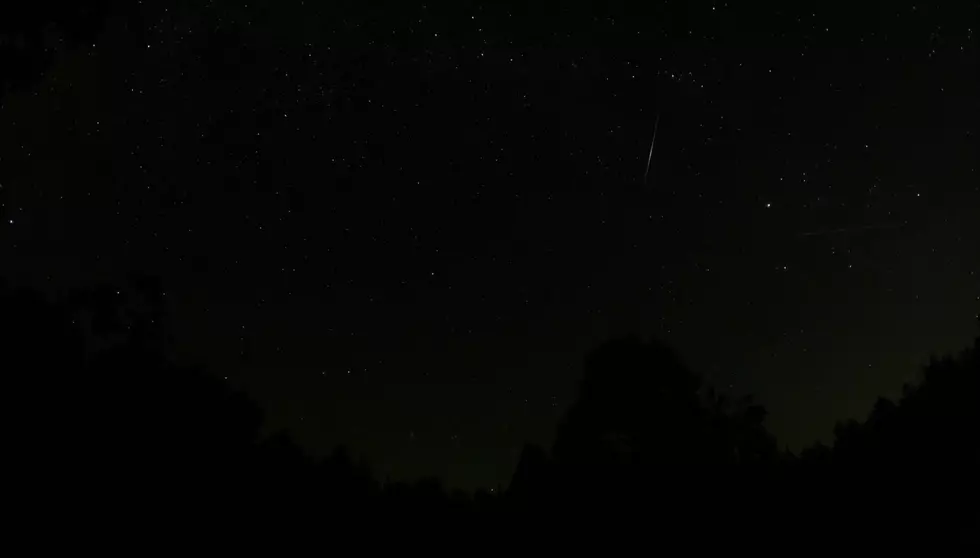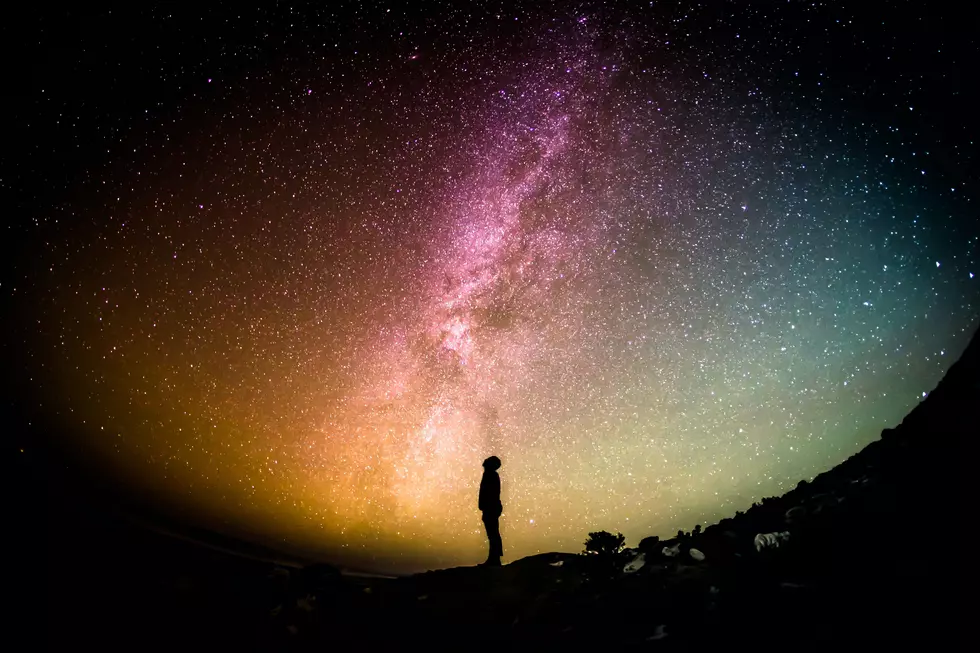
Seven Meteor Showers Will Light Up The Sky Over Indiana & Kentucky This October
The night sky will be putting on an incredible show for stargazers in the month of October.
Seven Meteor Showers This Month
There will be a total of seven meteor showers lighting up the night sky all across the Northern Hemisphere this month. The Full Hunter's Moon happening on October 9th will create quite a bit of light, making it a bit more difficult to see some of the shooting stars, but as the month rolls on, and the moon wanes, darkening the night sky, you will want to be sure that you look up.
Two Major Meteor Showers
The two major showers taking place in October are the Draconids and Orionids. By themselves, this duo will put on a major show for skywatchers this month.

Draconids Peaks October 8th
The Draconids Meteor Shower will begin to peak on October 8, 2022, and continue through October 10, 2022. While visible mostly in the late evening, it won't create more than a handful of shooting stars per hour. NASA says it is caused by Earth's collision with debris from a comet that appears to originate and travel from a place in the sky near the constellation known as Draco the Dragon. According to NASA,
The Draconid meteors are caused when Earth collides with bits of debris shed by periodic comet 21P/Giacobini-Zinner (and that’s why this shower used to be called the Giacobinids). The comet has a 6½-year-long orbit that periodically carries it near Jupiter. Ordinarily, celestial dynamicists would expect the planet’s powerful gravity to scatter anything in its vicinity into varying and unpredictable orbits. But they believe that a stream of particles, ejected in 1900, is still largely intact.
Orionid Peaks October 20th
The Orionid Meteor Shower will offer a bit more celestial action than the Draconids, producing approximately 15 meteors per hour. These will be most easily seen during the pre-dawn hours and will take place from late September until late November, peaking from October 20th through 21st. According to EarthSky, the Orionids can produce some really bright fireballs in the night sky. They say that the Orionids actually come as a result of Halley's Comet.
The Orionid meteors that we observe come from Halley’s Comet. This comet orbits the sun every 76 years or so, and like steam coming from a locomotive, dust particles are expelled from the comet’s nucleus and are left behind in its path. We intercept this path in late October of each year. The nucleus of the comet loses between 3 to 10 feet (1-3 meters) of material on each passage through the inner solar system. Measuring 5 by 9 miles (8 by 15 km) in size, it can handle eons of orbits around the sun.
Five More Showers This Month
The Draconid and Orionid showers won't be the only ones putting on a celestial performance in October. There are five additional meteor showers that will light up the night sky. Deemed as "minor," These five may not produce as dazzling of a show as the two major showers. The Camelopardalids, Southern Taurids, and Delta Aurigids won't likely be as visible since they will peak so close to the full moon. You will have a bit more luck seeing the Epsilon Geminids when they peak on October 18th but on October 24th the Leonis Minorids will peak with no moonlight to interfere with being able to see them with the naked eye, according to Starwalk.Space.
Before You Head Out Into the Dark
Before you head out to watch the meteor showers, it is a good idea to have an idea of a safe place to view them, particularly if you won't be viewing them from your own backyard. You'll want to be sure that you don't inadvertently find yourself trespassing while trying to get a good view of the night sky. And, since it is midwestern summer, bug spray might be a good idea before you head outside. However and wherever you end up stargazing, I hope when you see one of the meteors you pause to enjoy the magic of the moment, and don't forget to make a wish.
Must See: Astrophotography Taken Over Southern Illinois Zinnia Field
More From WOMI-AM




